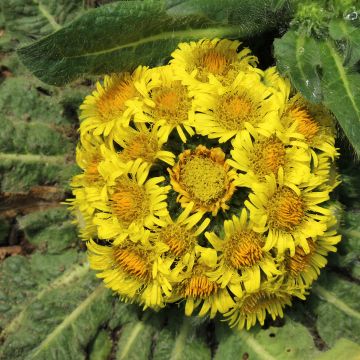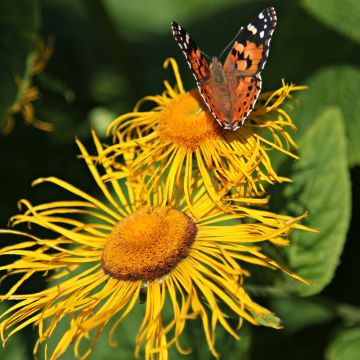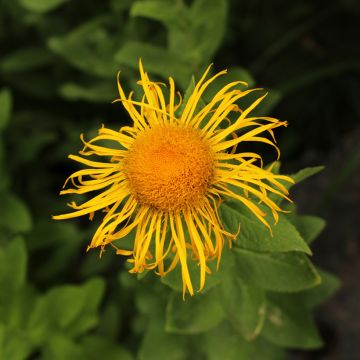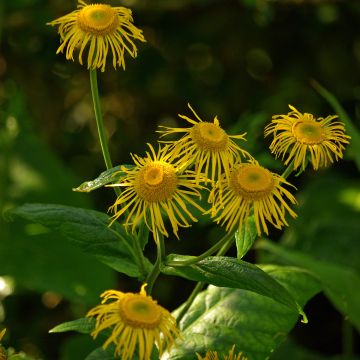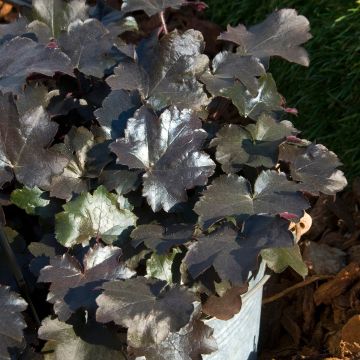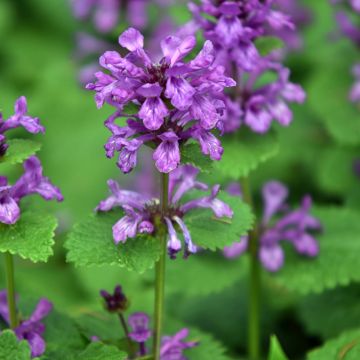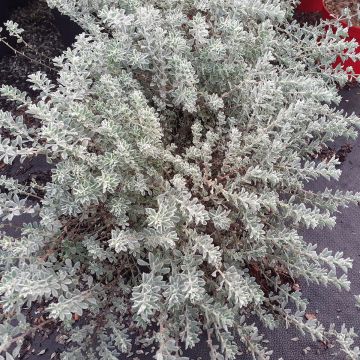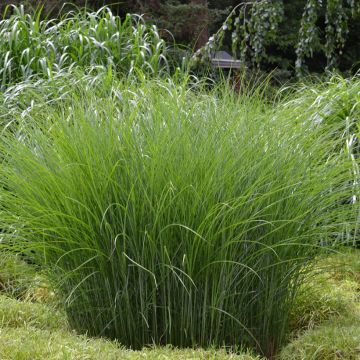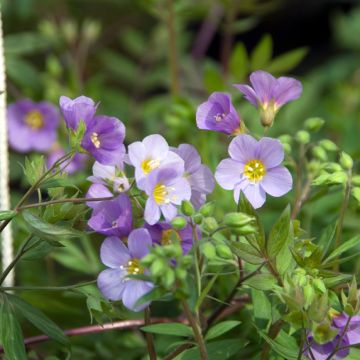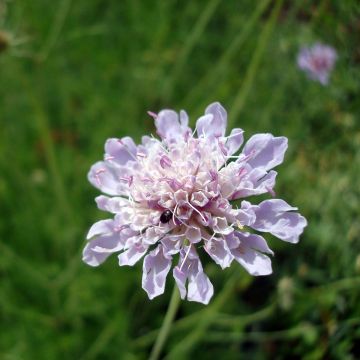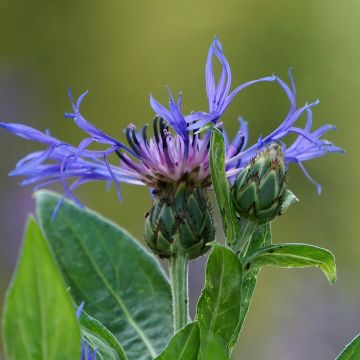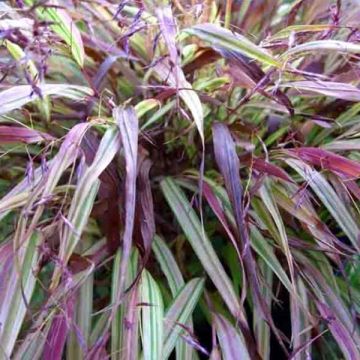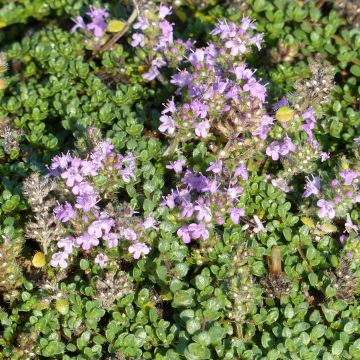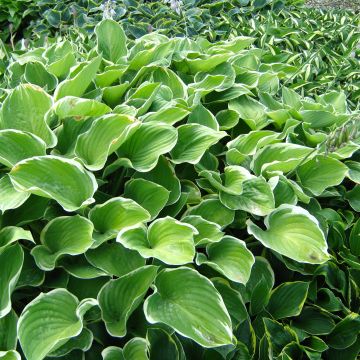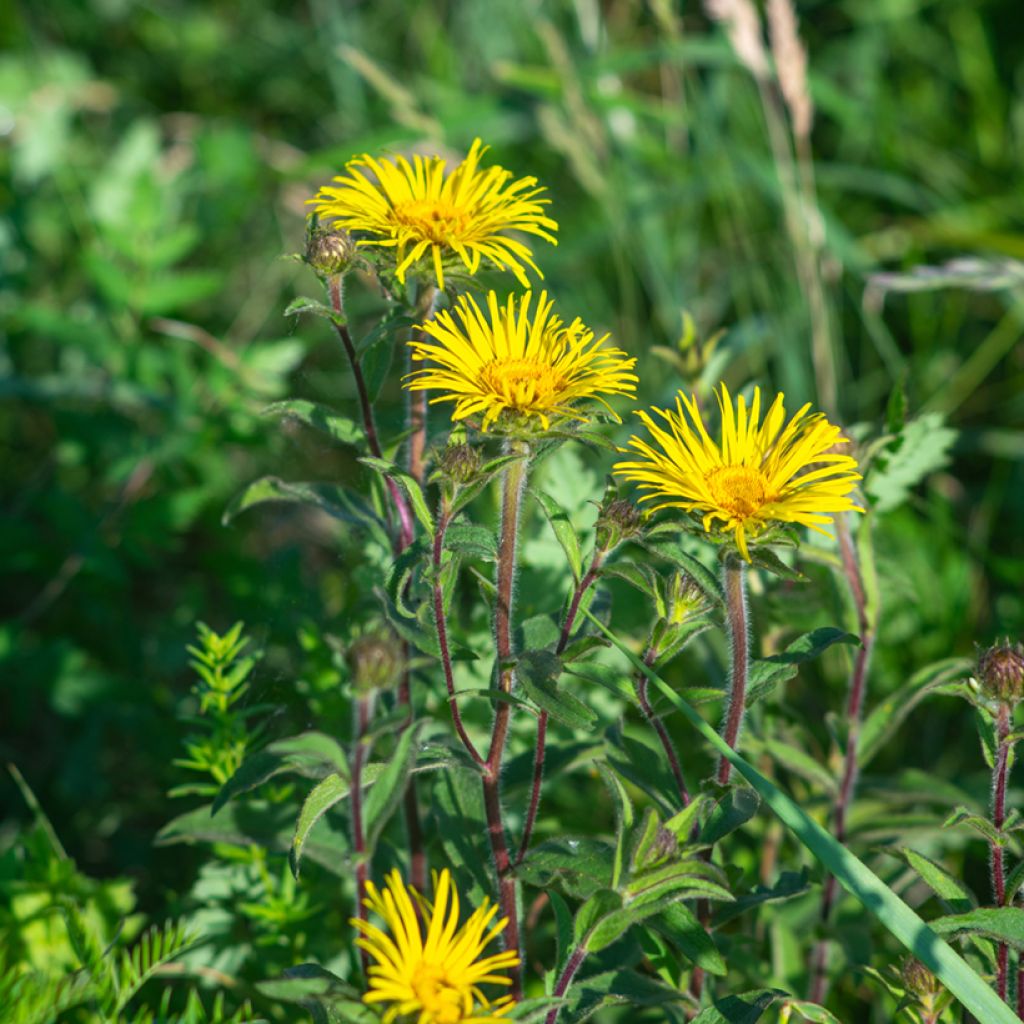

Inula ensifolia
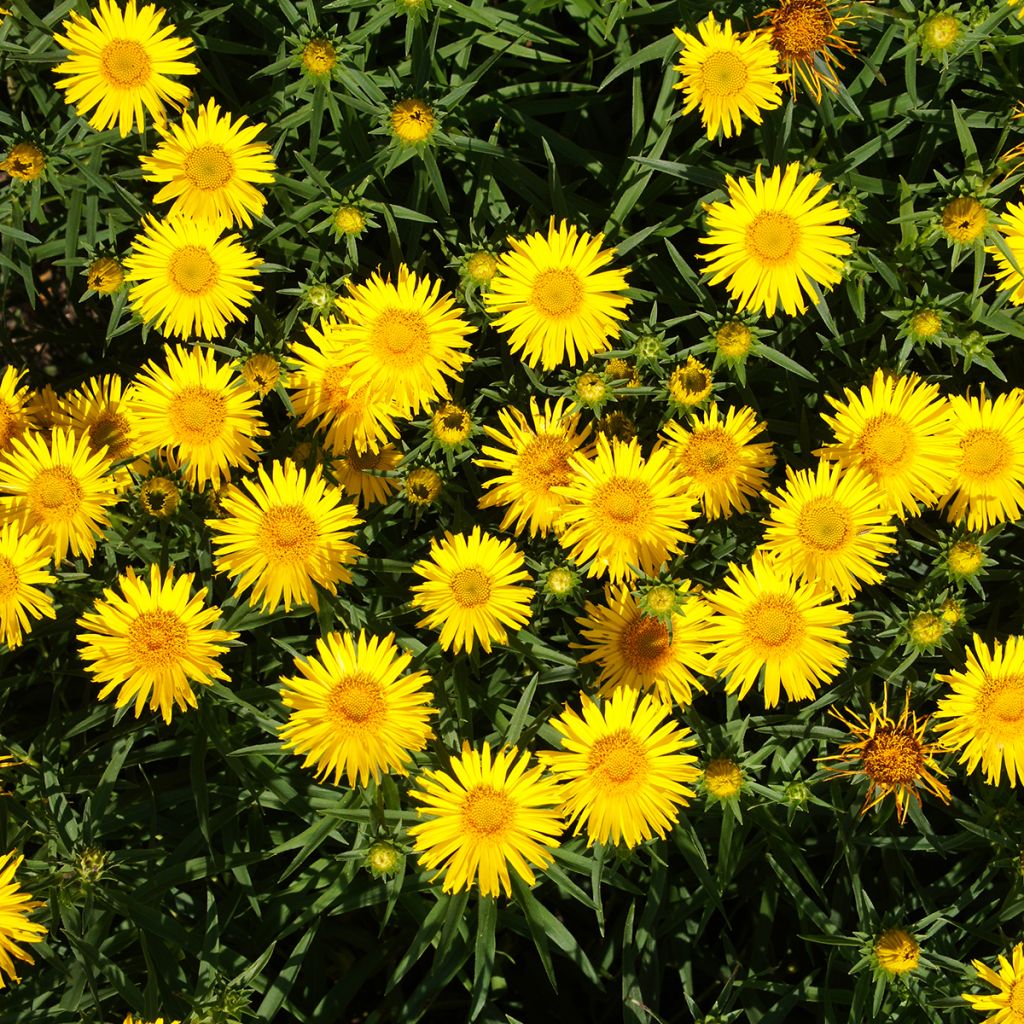

Inula ensifolia
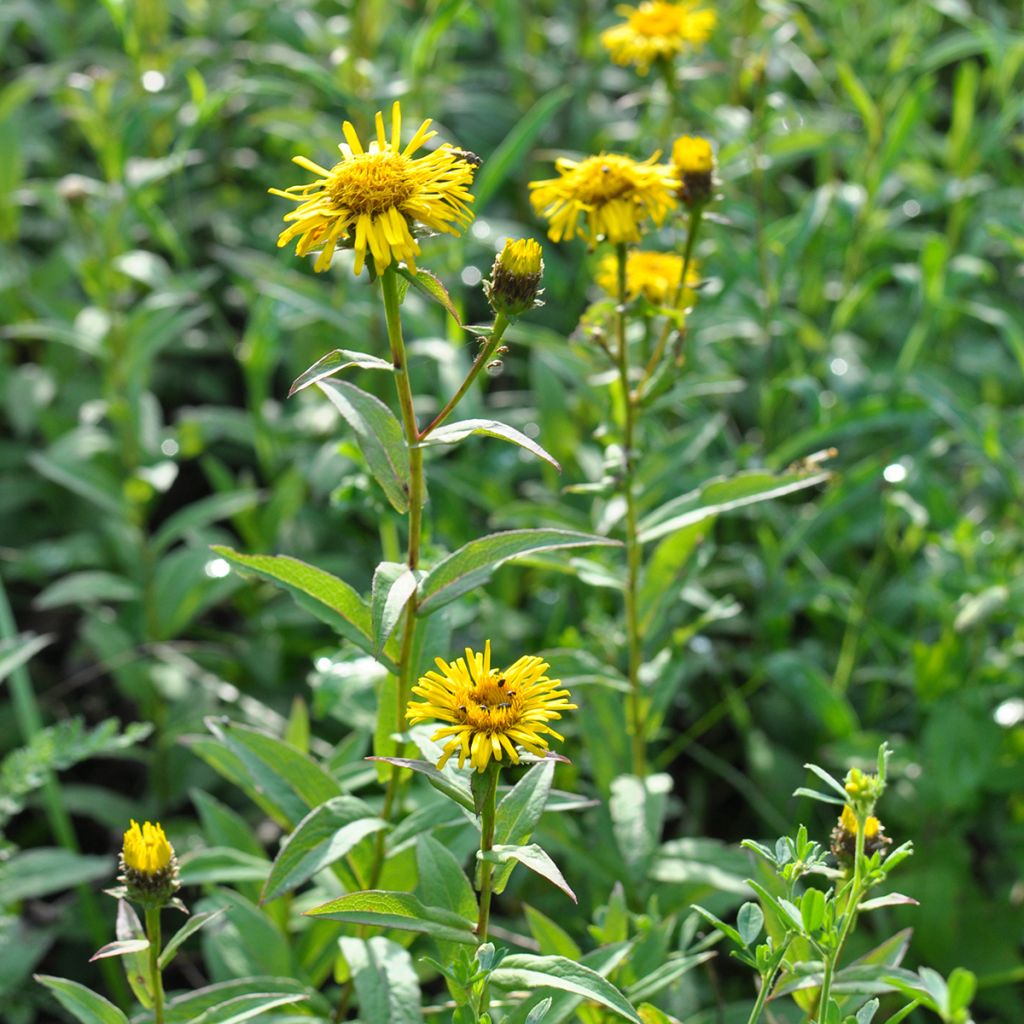

Inula ensifolia
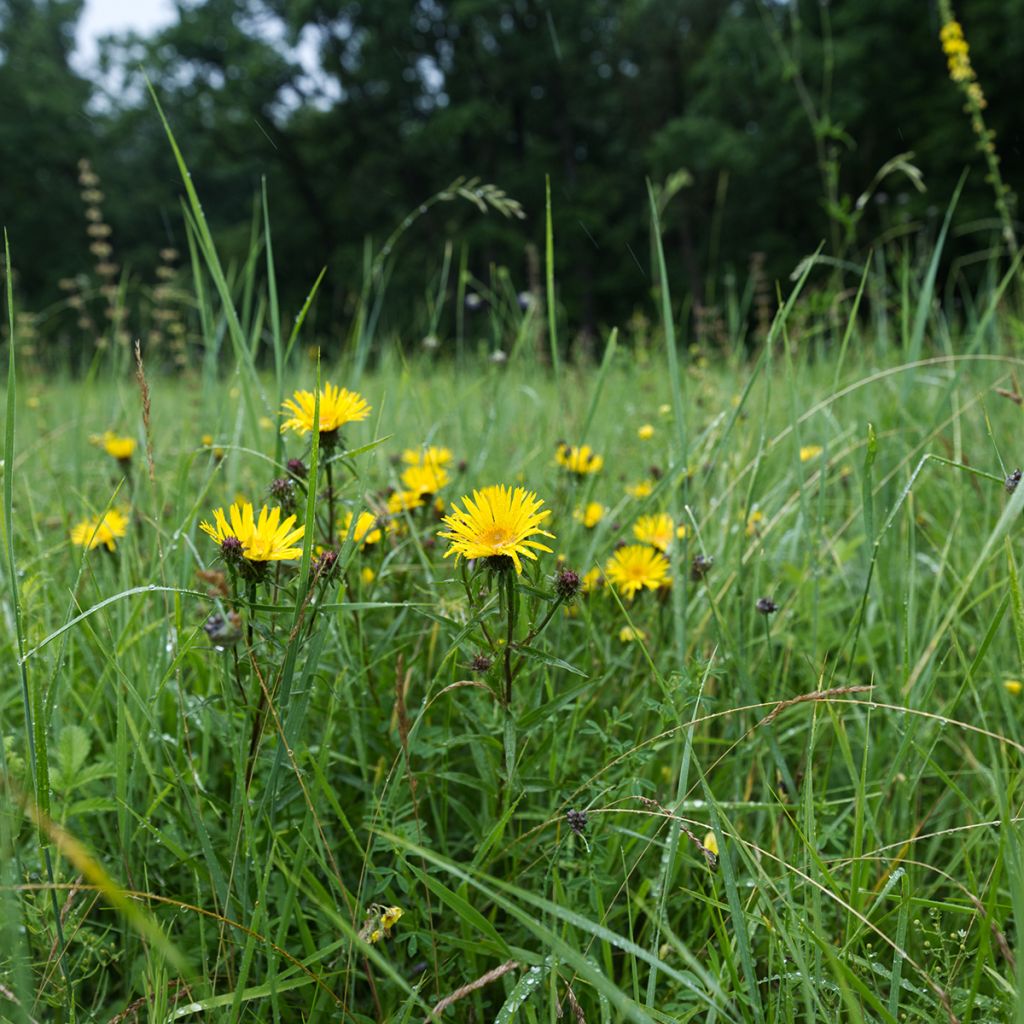

Inula ensifolia
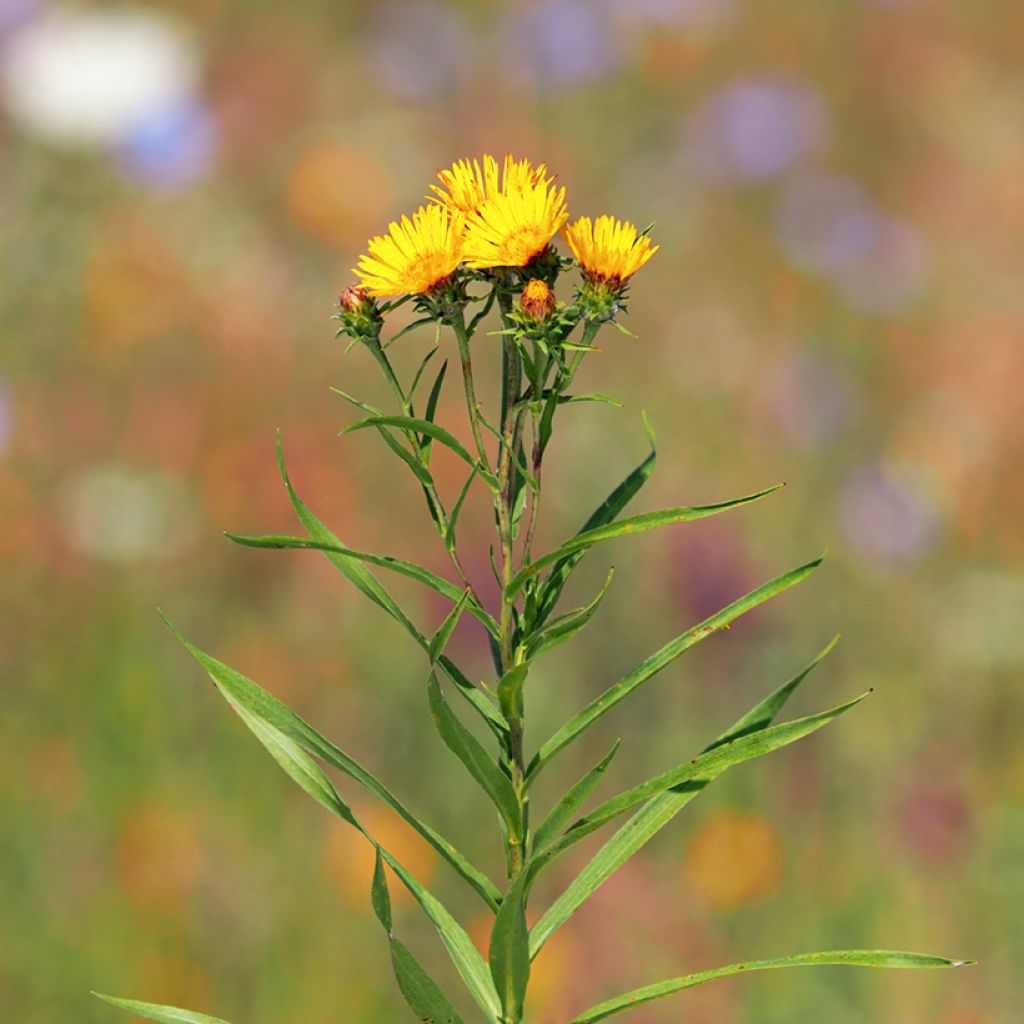

Inula ensifolia
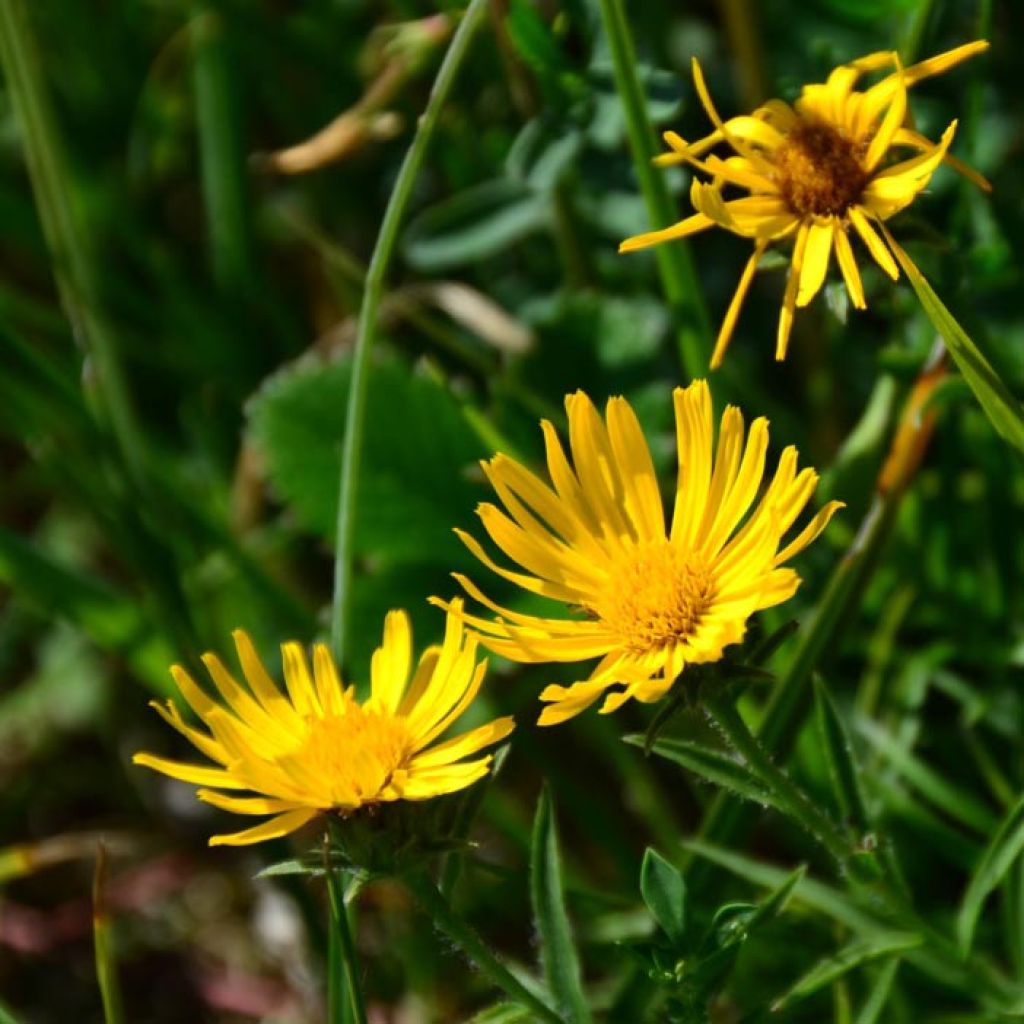

Inula ensifolia
Inula ensifolia
Inula ensifolia
Sword Leaved Inula
The young plants received are in a deplorable state: black foliage, burnt roots; I went to get them as soon as I was notified. However, I have reservations about their recovery.
Hélène C., 27/05/2017
This item cannot be shipped to the selected country
Delivery charge from €5.90
More information
Schedule delivery date,
and select date in basket
This plant carries a 12 months recovery warranty
More information
We guarantee the quality of our plants for a full growing cycle, and will replace at our expense any plant that fails to recover under normal climatic and planting conditions.
From €5.90 for pickup delivery and €6.90 for home delivery
Express home delivery from €8.90.
Does this plant fit my garden?
Set up your Plantfit profile →
Description
Inula ensifolia, also known as the Sword Leaved Inula, is a compact perennial plant that forms a dense almost hemispherical tuft. Its foliage is unique, with narrow, stiff and leathery leaves that are deeply cut, and a beautiful dark green colour. It is covered throughout the summer with an abundance of daisy-like flowers, golden yellow with an orange centre, very bright. It is a low-growing plant, ideal for borders, slopes and rockeries.
Inula ensifolia belongs to the Asteraceae family. It is native to the Caucasus. It is a rhizomatous and deciduous perennial plant, with a dense habit, forming a dome about 30cm (12in) in all directions. It blooms from June to August. The plant then transforms into a cheerful and bright cushion, almost disappearing under flowers gathered in heads measuring 2 to 3cm (1in) in diameter, with thin golden yellow and radiating ligules surrounding a fairly wide, orange disk. They are carried by slender stems, just above the foliage. The leaves measure 6 to 10cm (2 to 4in) long, they are elongated, non-petiolate, with a very acute tip, the colour is dark greenish grey and the edges are finely hairy. The way they overlap gives a very striking aspect to this plant. The storage organ is a non-running rhizome.
Sword Leaved Inula is a vigorous, adaptable and very cheerful plant that is not used enough in gardens. However, it adapts everywhere as long as the soil is not too dry. In the middle of summer, in the rockery, it keeps company with coreopsis, sun roses, scabiosa, knautia or yarrow, which all bloom at the same time. Inula ensifolia has been in our rock garden for many years, along with dwarf phlox, as well as in our grass garden, alongside a small dwarf pennisetum.
Report an error about the product description
Inula ensifolia in pictures
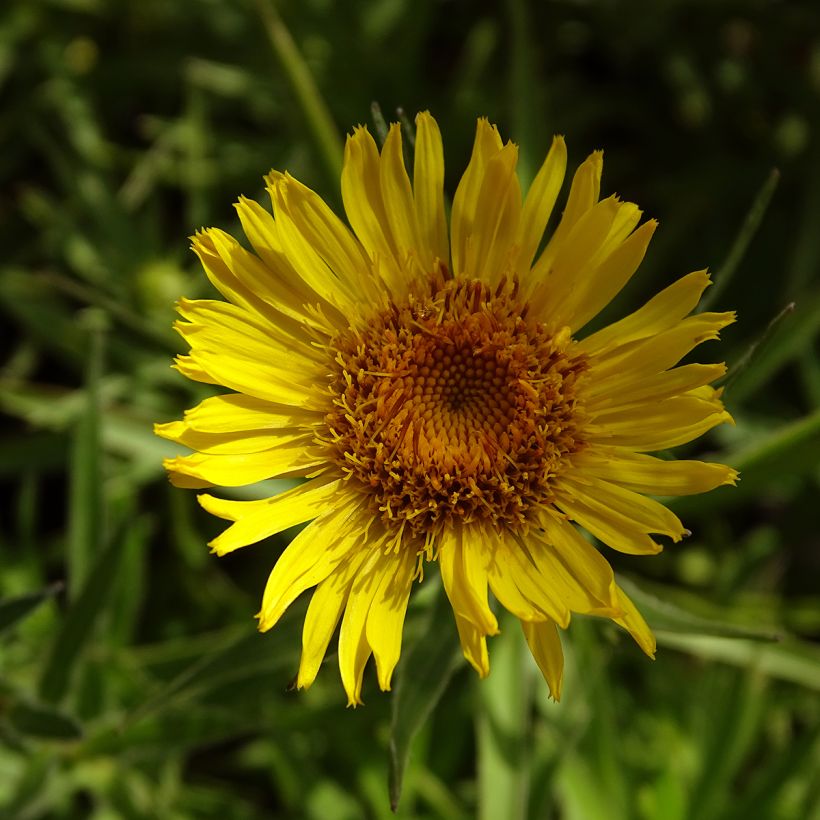

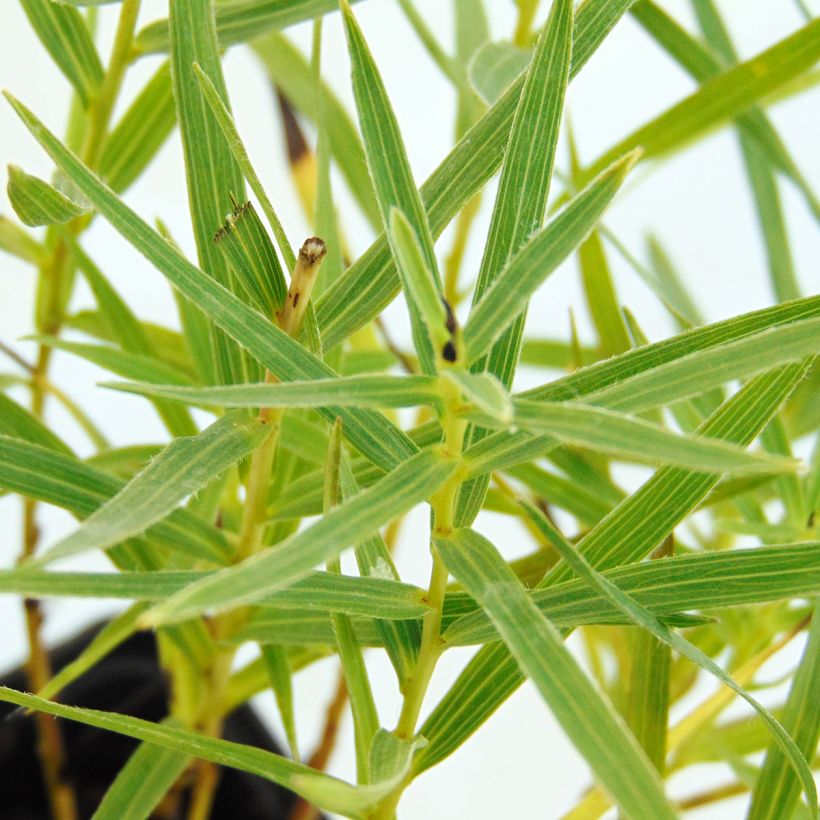



Flowering
Foliage
Plant habit
Botanical data
Inula
ensifolia
Asteraceae
Sword Leaved Inula
Central Europe
Other Inula
Planting and care
Inula ensifolia prefers deep but well-drained, loose, and moist soils, and is not afraid of limestone but does not appreciate stagnant moisture. Plant it in full sun or partial shade, on slopes or in rockeries, as their natural incline will facilitate water drainage. It tolerates relative drought after flowering.
Planting period
Intended location
Care
-
, onOrder confirmed
Reply from on Promesse de fleurs
Summer flowering perennials
Haven't found what you were looking for?
Hardiness is the lowest winter temperature a plant can endure without suffering serious damage or even dying. However, hardiness is affected by location (a sheltered area, such as a patio), protection (winter cover) and soil type (hardiness is improved by well-drained soil).

Photo Sharing Terms & Conditions
In order to encourage gardeners to interact and share their experiences, Promesse de fleurs offers various media enabling content to be uploaded onto its Site - in particular via the ‘Photo sharing’ module.
The User agrees to refrain from:
- Posting any content that is illegal, prejudicial, insulting, racist, inciteful to hatred, revisionist, contrary to public decency, that infringes on privacy or on the privacy rights of third parties, in particular the publicity rights of persons and goods, intellectual property rights, or the right to privacy.
- Submitting content on behalf of a third party;
- Impersonate the identity of a third party and/or publish any personal information about a third party;
In general, the User undertakes to refrain from any unethical behaviour.
All Content (in particular text, comments, files, images, photos, videos, creative works, etc.), which may be subject to property or intellectual property rights, image or other private rights, shall remain the property of the User, subject to the limited rights granted by the terms of the licence granted by Promesse de fleurs as stated below. Users are at liberty to publish or not to publish such Content on the Site, notably via the ‘Photo Sharing’ facility, and accept that this Content shall be made public and freely accessible, notably on the Internet.
Users further acknowledge, undertake to have ,and guarantee that they hold all necessary rights and permissions to publish such material on the Site, in particular with regard to the legislation in force pertaining to any privacy, property, intellectual property, image, or contractual rights, or rights of any other nature. By publishing such Content on the Site, Users acknowledge accepting full liability as publishers of the Content within the meaning of the law, and grant Promesse de fleurs, free of charge, an inclusive, worldwide licence for the said Content for the entire duration of its publication, including all reproduction, representation, up/downloading, displaying, performing, transmission, and storage rights.
Users also grant permission for their name to be linked to the Content and accept that this link may not always be made available.
By engaging in posting material, Users consent to their Content becoming automatically accessible on the Internet, in particular on other sites and/or blogs and/or web pages of the Promesse de fleurs site, including in particular social pages and the Promesse de fleurs catalogue.
Users may secure the removal of entrusted content free of charge by issuing a simple request via our contact form.
The flowering period indicated on our website applies to countries and regions located in USDA zone 8 (France, the United Kingdom, Ireland, the Netherlands, etc.)
It will vary according to where you live:
- In zones 9 to 10 (Italy, Spain, Greece, etc.), flowering will occur about 2 to 4 weeks earlier.
- In zones 6 to 7 (Germany, Poland, Slovenia, and lower mountainous regions), flowering will be delayed by 2 to 3 weeks.
- In zone 5 (Central Europe, Scandinavia), blooming will be delayed by 3 to 5 weeks.
In temperate climates, pruning of spring-flowering shrubs (forsythia, spireas, etc.) should be done just after flowering.
Pruning of summer-flowering shrubs (Indian Lilac, Perovskia, etc.) can be done in winter or spring.
In cold regions as well as with frost-sensitive plants, avoid pruning too early when severe frosts may still occur.
The planting period indicated on our website applies to countries and regions located in USDA zone 8 (France, United Kingdom, Ireland, Netherlands).
It will vary according to where you live:
- In Mediterranean zones (Marseille, Madrid, Milan, etc.), autumn and winter are the best planting periods.
- In continental zones (Strasbourg, Munich, Vienna, etc.), delay planting by 2 to 3 weeks in spring and bring it forward by 2 to 4 weeks in autumn.
- In mountainous regions (the Alps, Pyrenees, Carpathians, etc.), it is best to plant in late spring (May-June) or late summer (August-September).
The harvesting period indicated on our website applies to countries and regions in USDA zone 8 (France, England, Ireland, the Netherlands).
In colder areas (Scandinavia, Poland, Austria...) fruit and vegetable harvests are likely to be delayed by 3-4 weeks.
In warmer areas (Italy, Spain, Greece, etc.), harvesting will probably take place earlier, depending on weather conditions.
The sowing periods indicated on our website apply to countries and regions within USDA Zone 8 (France, UK, Ireland, Netherlands).
In colder areas (Scandinavia, Poland, Austria...), delay any outdoor sowing by 3-4 weeks, or sow under glass.
In warmer climes (Italy, Spain, Greece, etc.), bring outdoor sowing forward by a few weeks.

































